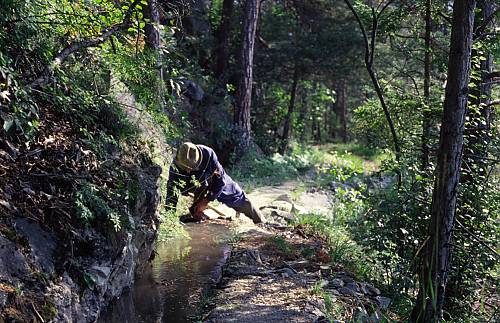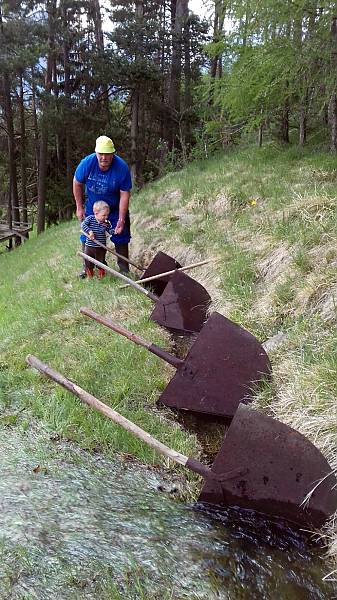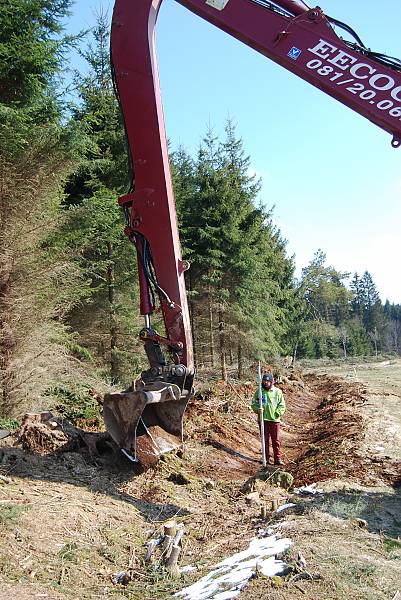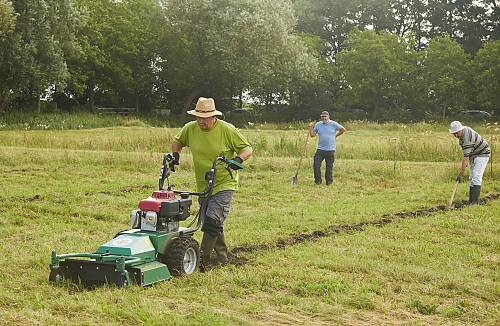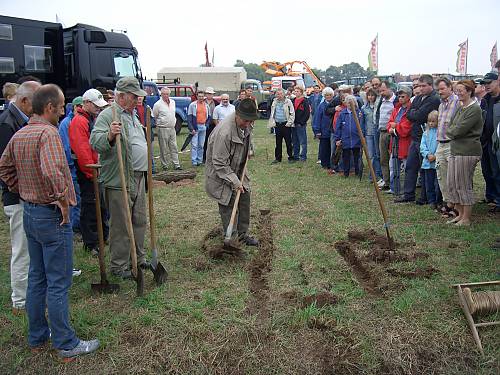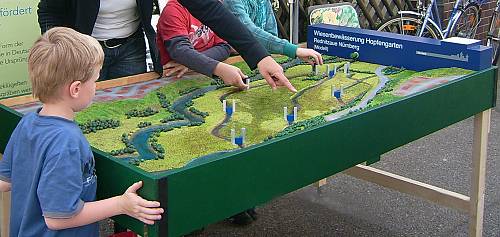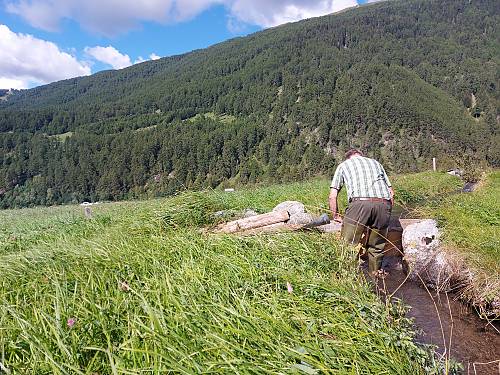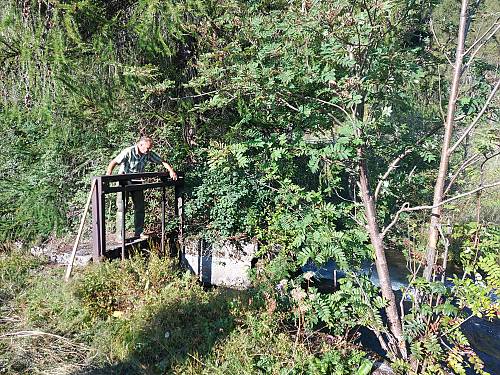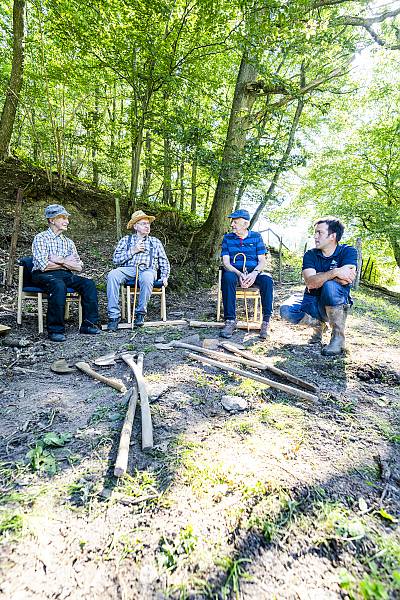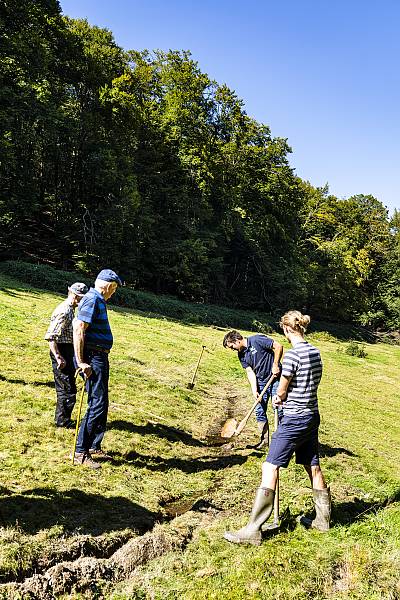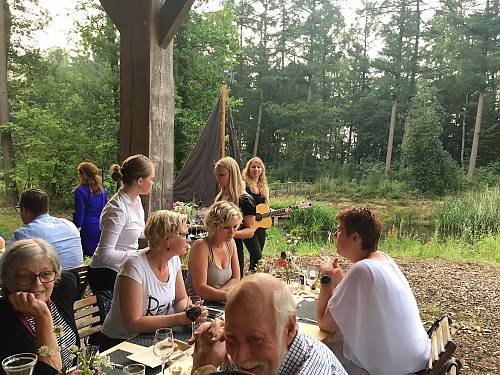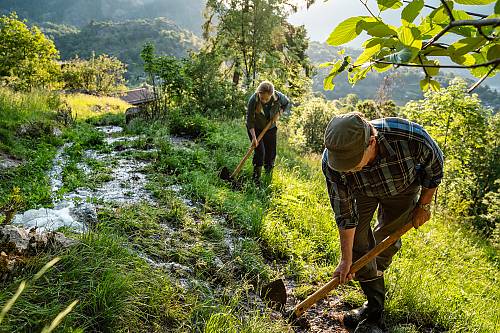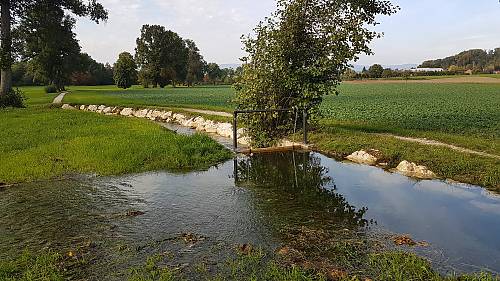Traditional irrigation: knowledge, technique, and organization
Austria, Belgium, Germany, Italy, Luxembourg, Netherlands (Kingdom of the) and Switzerland
Inscribed in 2023 (18.COM) on the Representative List of the Intangible Cultural Heritage of Humanity

Traditional irrigation uses gravity and hand-made constructions such as channels and ditches to distribute water from naturally-occurring water catchment points (such as springs, streams and glaciers) to the fields. Practitioners choose specific days and periods to manually divert the water, and the beginning or end of the watering season is often accompanied by social gatherings and festivities. Traditional irrigation requires a profound understanding of the natural landscape, water flow and weather conditions, as well as close cooperation between those responsible for the distribution of the water (such as farmers and landowners) and others involved in the maintenance of the physical structures (such as water cooperatives and local authorities). The practice is typically passed on to younger generations informally, through observation and training from experienced members, although cooperatives, associations, scholars and institutions also play an important role in the transmission of knowledge. For practitioners, traditional irrigation and the centuries-old channel systems related to the practice are strong identity markers. The practice is tied to a specific vocabulary, and the knowledge required (such as an understanding of the impact of the lunar cycle on water flow and skills related to woodworking) can be applied to other aspects of the lives of bearers and surrounding communities.
